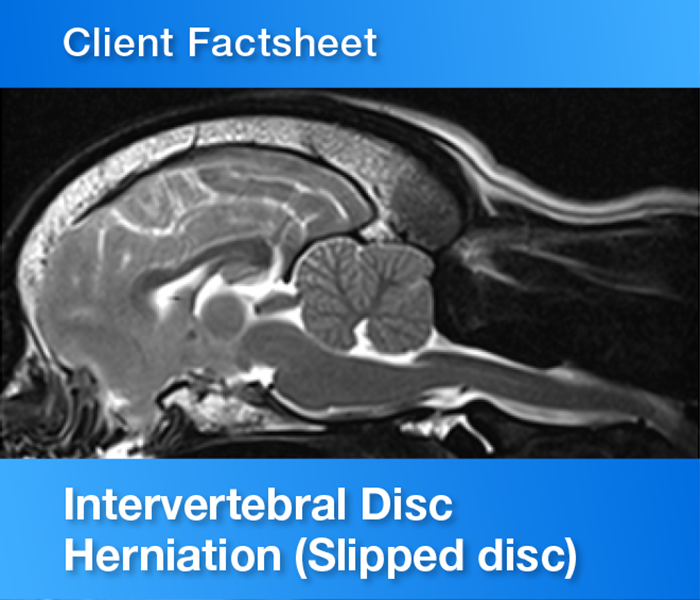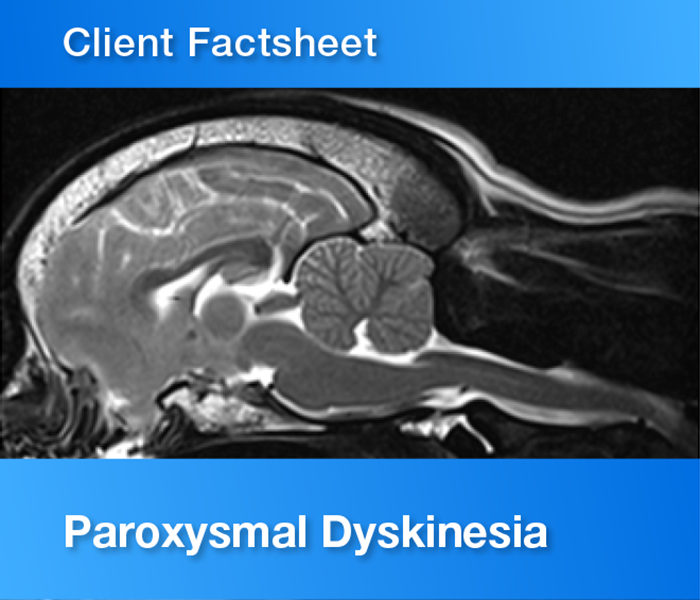
Degenerative Myelopathy factsheet
Degenerative myelopathy (formerly, chronic degenerative radiculo-myelopathy, CDRM) is a cause of progressive weakness, wobbliness and incontinence in dogs.
The condition typically affects middle aged to older adult dogs (5-11 years with a median age of 9 years) of either gender. The most commonly affected dog breeds are German shepherd dogs, Boxer dogs, Chesapeake Bay retrievers, Rhodesian ridgebacks and the Pembrokeshire Welsh corgis. However, dogs of any breed can develop the condition; medium to large breed dogs are more likely to be affected.
What causes degenerative myelopathy?
Degenerative myelopathy (DM) is a neuro-degenerative disease, which means there is a loss of the normal nerve fibres in the spinal cord over time, without an inflammatory, infectious or cancerous cause.
Ultimately, vets are uncertain of the underlying cause of this condition; we suspect a strong genetic component. A similar condition exists in humans called ALS (amyotrophic lateralising sclerosis) for which a genetic cause is known, and studies in dogs have identified a similar genetic mutation.
What are the clinical signs (symptoms) of DM?
The lower back is the most commonly affected portion of the spinal cord. The symptoms caused by DM are therefore most commonly weakness (paraparesis) and wobbliness (ataxia) in the hind limbs. The weakness is often worse on one side. Most importantly, pain is not a key feature of the condition.
The condition can progress in the spinal cord, potentially resulting in urinary incontinence, front limb weakness and even problems with swallowing, barking and moving the jaw with time.
Some dogs with the condition have very slow progression (years), while for other dogs the problem can progress rapidly, with quality-of-life affecting weakness in less than a year.
How do you diagnose DM?
Definitive diagnosis of this condition is challenging as it is based on looking at a tissue sample from the spinal cord under a microscope, via a biopsy. Unfortunately, a biopsy of the spinal cord is never performed given that this is a very important structure and removing part of it will cause weakness.
We therefore base the diagnosis on a combination of physical examination findings and diagnostic imaging. It is most important to investigate and exclude other potential causes of spinal cord disease, which can mimic the presentation of DM; these commonly include a ‘slipped’ disc (disc protrusion) or tumour in the spine. Most slipped discs cause pain, but an MRI scan is normally required to exclude this possibility as well as other possibilities such as spinal tumour. Sadly in rare instances a patient can suffer DM and disc protrusions at the same time, which can complicate the diagnosis.
A genetic test is available for the condition, but it is important to understand the limitations of this test. If positive, a dog has the propensity to suffer the condition, but may not actually develop it (we call this ‘incomplete penetrance’). If negative, the condition cannot be excluded as some dogs have been found to suffer the disease without the specific mutation discovered. We perform the test to help add evidence to our clinical suspicions; a positive test with a normal MRI scan supports the diagnosis.
A veterinary neurologist may sometimes advise other tests such as the collection of a spinal fluid sample via a lumbar puncture (to rule out meningitis) or electrical nerve and muscle testing.
Can you treat DM?
Sadly, as it is a genetic condition, there is no specific treatment for this condition. There is a lack of long-term studies for the treatment of this condition, but it seems that treatment with drugs, such as steroids, do not help to slow the disease.
Intensive physio- and hydrotherapy are the only treatments that have been associated with the slowing of the disease process. These treatments are known to improve the quality of life of a DM-affected pet, and their owner.
In our experience, the disease can be significantly slowed with the use of anti-oxidant treatments such as vitamin E and Eicosapentaenoic acid. However, there is no evidence to support that these treatments slow the condition (yet) and some dogs may not respond.
What is the prognosis of DM?
Sadly the prognosis for DM is generally considered variable. The condition will most likely progress with time, despite treatment efforts. Large breed dogs with this diagnosis may lose the ability to walk less than a year after the diagnosis is made, although some dogs retain good function for longer. Smaller breed dogs have been reported to progress very slowly (2+ years) and may be easier to care for.


